Join the author, Néstor T. Carbonell, as he shares a critical analysis of the Castro-Communist regime and explores the challenges and opportunities that will likely arise when freedom finally dawns in Cuba.
CHAPTER 17: The Dawn of Freedom
Yet another factor that bears on Cuba’s low birth rate is the ease of obtaining abortions. In Cuba they are legal, free, and without stigma and are essentially viewed as an alternative to birth control. As a result, Cuba’s abortion rate is among the highest in the world. According to a 2010 United Nations report, the island’s rate of nearly thirty abortions for every one thousand women of childbearing age is only surpassed by Russia. In the United States, 2011 statistics show a rate of about seventeen per one thousand.
Cuba’s demographic problem is serious but not irreparable. Trends are bound to change when the government of a free Cuba unleashes the population’s entrepreneurial zeal, kick-starts the economy, and palliates the housing shortage. In practical terms, young people on the island will start having babies again when they can afford it.
Luring Cuban Americans and other expatriates to relocate in the island nation where they or their forebears were born would be an important way (but not the only one) to help offset the population decline. Even attracting a fraction of the the vast diaspora of close two million Cuban-born expatriates and descendants—many of whom have succeeded as business builders, corporate executives, professionals, educators, doctors, scientists, and artists—could be a boon for the reconstruction of the liberated island.
The Quantum Leap
For a free Cuba to become a regional powerhouse, it will have to reach some audacious milestones: evolve from an import-dependent to an export-driven country; operate as a reliable trading partner with first-class harbors and airports; recapture its role as an assembler of industrial goods bound for the United States; and gear up to grab a meaningful share of the information technology outsourcing market.
Havana also will have to compete with Miami as a financial center and regional hub for multinational corporations (a scenario that started to unfold in the 1950s before the fall of the republic). Here again, Cuban Americans could be very helpful. Many were instrumental in turning Miami from a sleepy retirement spot into a throbbing metropolis.
Reeducation
To hasten the island’s economic resurgence, raise productivity, and improve the island’s competitiveness, large numbers of Cubans will need technical and vocational education and training. This applies both to large-scale corporate businesses and small start-ups.
An even greater challenge for the leaders of a free Cuba will be reviving the island’s heritage, including its cultural legacy, ethnic roots, and national traditions—all of which were razed by the Castro regime. That’s what totalitarian tyrants do to befuddle and enslave a nation: destroy the past to control the present and shape the future.
At the same time, Cubans will have to expurgate the corruption and overdependence on the state that discourages honest work move past the cynicism that has resulted from six decade of communist dictatorship.
Both the public and the reinstated private and church-affiliated schools can help by offering civic courses to instill democratic values and shed light on crucial principles like the rule of law, human rights separation of powers, representative government, and multiparty elections.
The objective is to build a strong civil society capable of influencing public policy decisions and holding government officials accountable. To achieve that, a democratic Cuba will need an active and involved population imbued with the virtues of self-discipline, tolerance, and respect for all regardless of background, race, gender, and political opinions.
Of critical importance will be the island’s churches. Free to practice their creeds with no concern of government interference or reprisals, Cuban churches will be in a position to uplift their parishioners, give them a strong moral foundation, and preach the gospel of goodness and love.
Cultural Renaissance
As Cuba makes headway in its recovery and affluence again reaches its shores, the island must avoid becoming hedonism’s new tropical headquarters, flaunting the three nocturnal R’s: rum, rumba, and roulette. What the island should aspire to is a cultural renaissance such as the one Cuba enjoyed in the golden years of the republic when its splendid academies, lyceums, and theaters were flourishing.
Thanks to Pro Arte Musical de La Habana, led over more than forty-five years by six distinguished Cuban women, the world’s greatest artists beat a path to Havana’s doors: Sergei Rachmaninoff, Ignacy Paderewski, Arthur Rubinstein, Enrico Caruso, Renata Tebaldi, Pablo Casals, and Vaslav Nijinsky, among many others.
When the island regains its cultural vitality, the luminaries of arts, letters, and science will likely flock again to the fascinating island, especially the many highly successful expatriates and their descendants. Cuba’s own writers, journalists, musicians, and artists will be able to open their creative wings without fear of prison or exile. And the island’s outstanding athletes will not have to defect to travel, train, and compete wherever they choose.
To enrich the culture of the new generations and broaden their perspective, it will be important to republish the great books highlighting Cuba’s past precommunism achievements that were blocked by the Castro regime. Many of those books were published by Ediciones Universal under Juan Salvat and have been collected by the University of Miami’s Cuban Heritage Collection, Florida International University, Miami Dade College’s Freedom Tower, and the Colonial Florida Heritage Cultural Center.
Also illuminating the past, pondering the present, and projecting the future are the articles, essays and poems disseminated by Circulo de Cultura Panamericano, headed for many years by Elio Alba Buffill; Herencia Cultural Cubana, created and developed by Alberto S. Bustamante; Association for the Study of the Cuban Economy (ASCE), founded in 1990 and initially presided ex officio by Felipe Pazos; Institute for Cuban and Cuban-American Studies of the University of Miami, led by Jaime Suchlicki; Florida International University’s Cuban Research Institute, directed by Jorge Duany; National Association of Cuban-American Educators (NACAE), spearheaded by Orlando Rossardi, and Academia de la Historia de Cuba en el Exilio, chaired by Eduardo Lolo.
Foreign Affairs
In the field of diplomacy and foreign relations, what role will a free Cuba play in the Organization of American States, the United Nations, and other international organizations? Hopefully an active and constructive role, upholding democratic principles, human rights, and peaceful resolution of disputes. Complaints or disappointments for not having received much support from some of those institutions during the struggle for the island’s freedom should be set aside as Cuba endeavors to consolidate its democracy and regain its international standing.
Promising leaders of the future can draw inspiration and guidance from the example set by Cuba’s prestigious statesmen and diplomats during the republic and by the Cuban Americans who honorably served as US ambassadors.
The Long-Term Outlook
Those who know Cuba’s history and its people and believe in the uplifting power of freedom—including this author—are confident that the island nation will eventually rise from the rubble left behind by Castro-Communism. They are also confident that Cuba will be able to tackle the four great challenges ahead: political democratization, economic liberalization, cultural revitalization, and moral regeneration.
Still, crucial questions hang in the balance: Could Cuba, posttransition and recovery, shun mediocrity and move from good to great? Could it, long term, become a thriving and exemplary regional powerhouse? Or is this grand and inspiring vision a feverish illusion?
Not if Cubans on the island and abroad join forces to unlock its potential, in partnership with responsible foreign investors bringing capital and technology. Not if they channel their creative energies constructively and avoid new demagogic frauds or dictatorial temptations.
If they doggedly preserve the blessings of liberty, a generation or two will pass healing, rebuilding, and developing, but their children and grandchildren will see the results of their lofty endeavor: a solid foundation for democracy under the rule of law, economic and social prosperity, and a path to moral greatness.
THE END

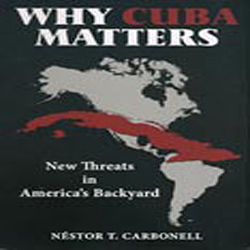

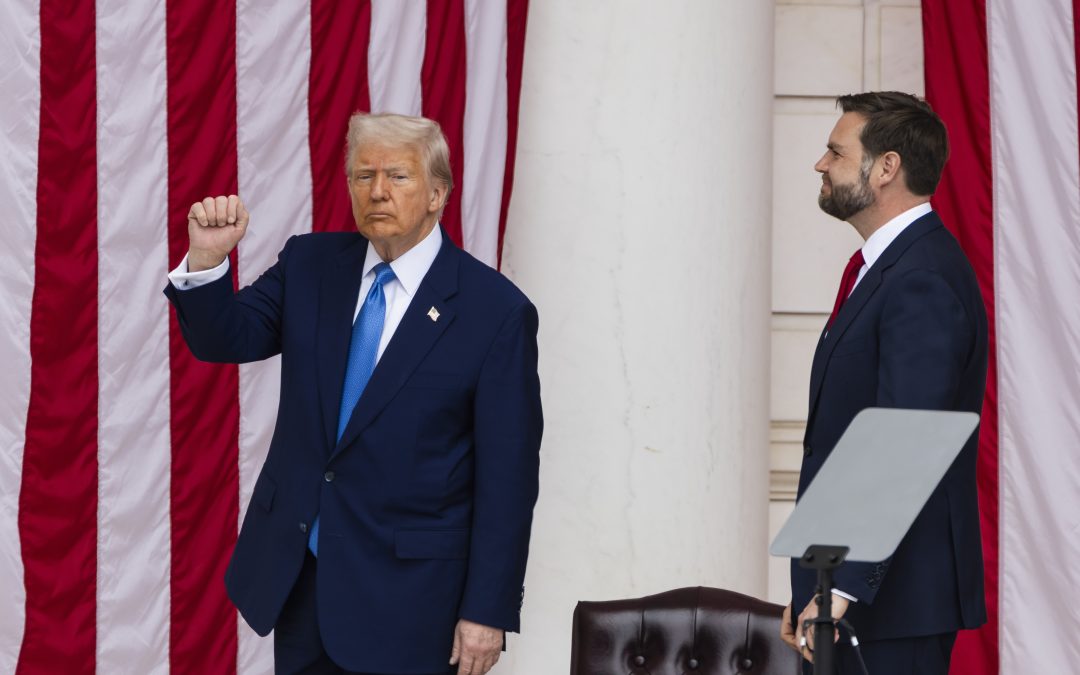
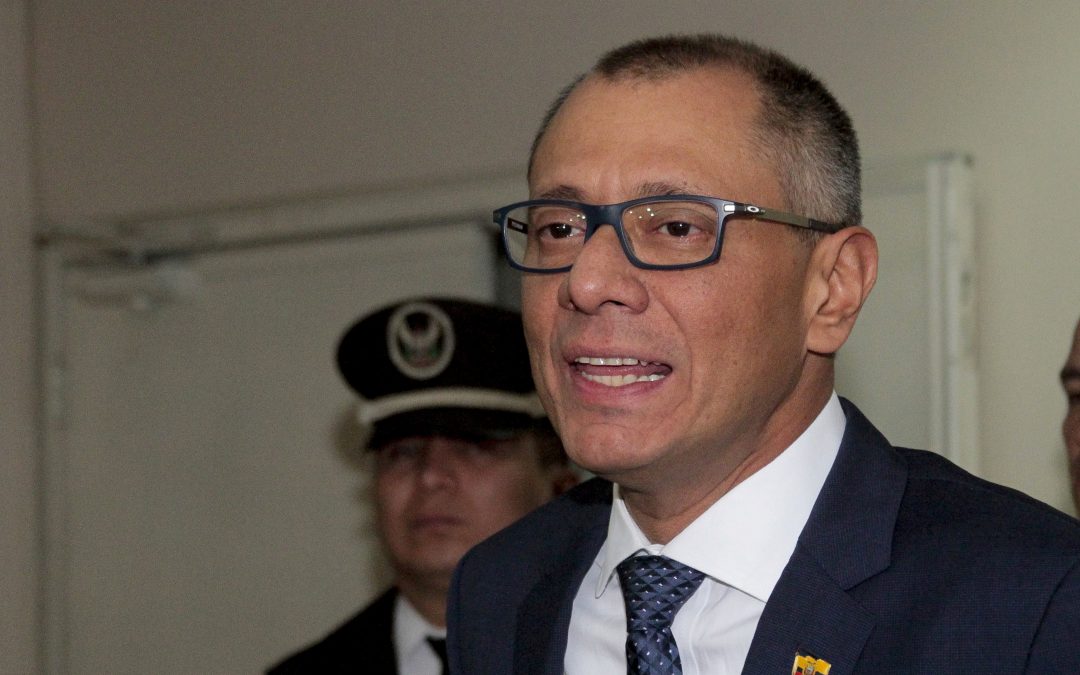

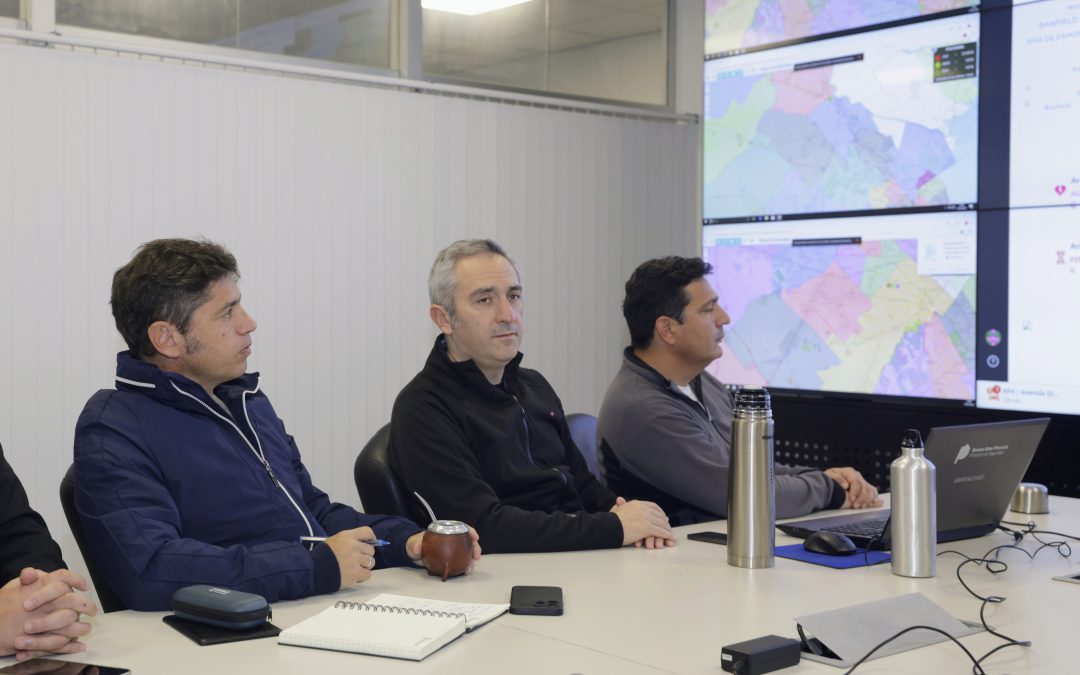





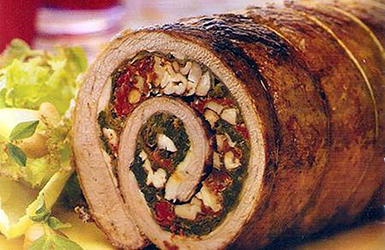
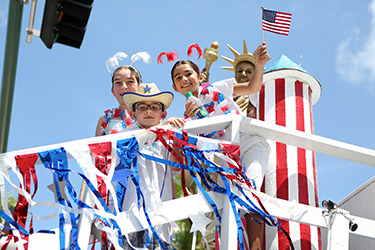
0 comentarios